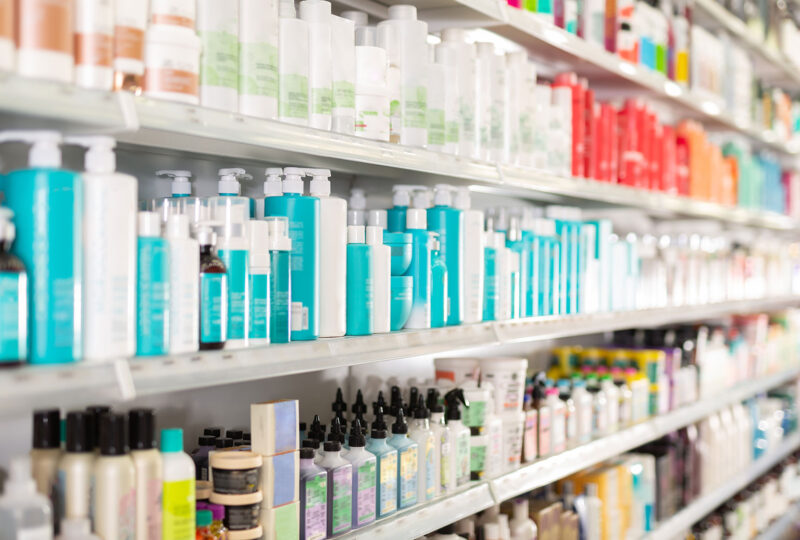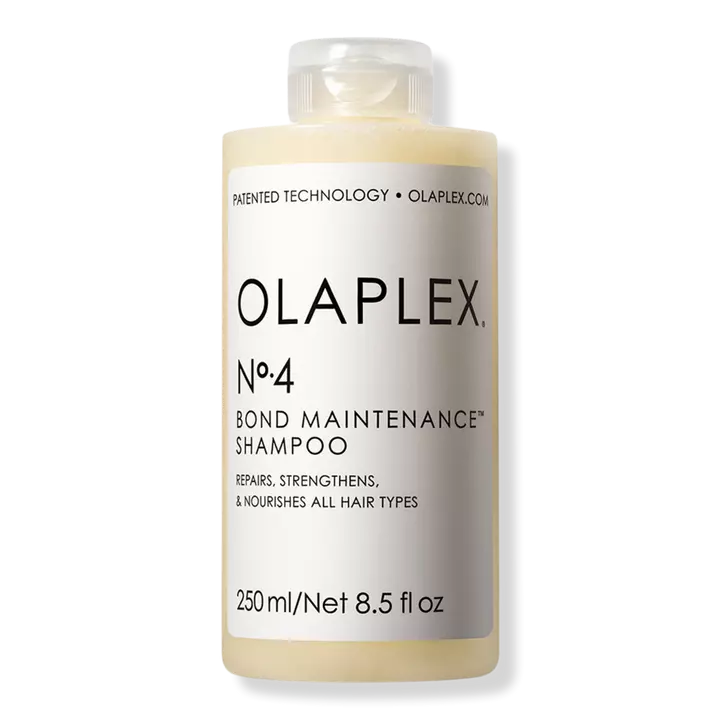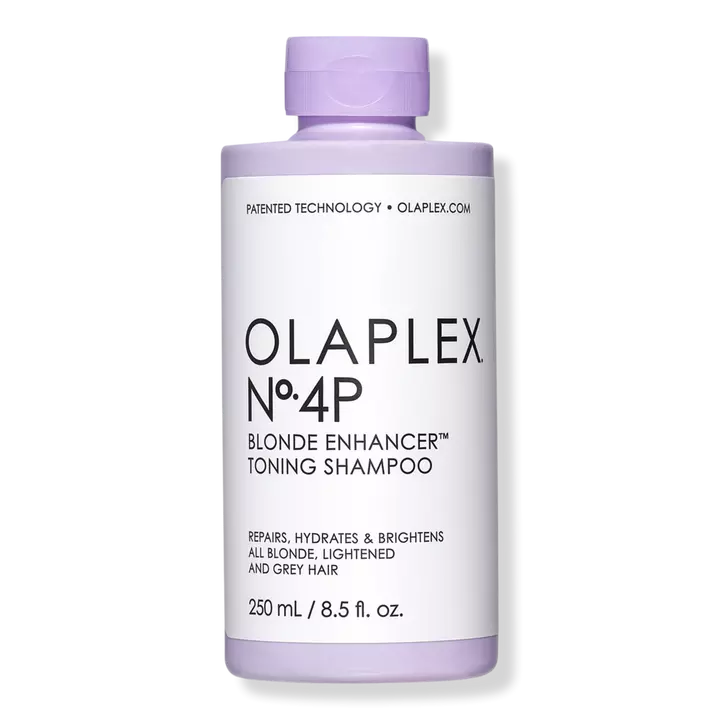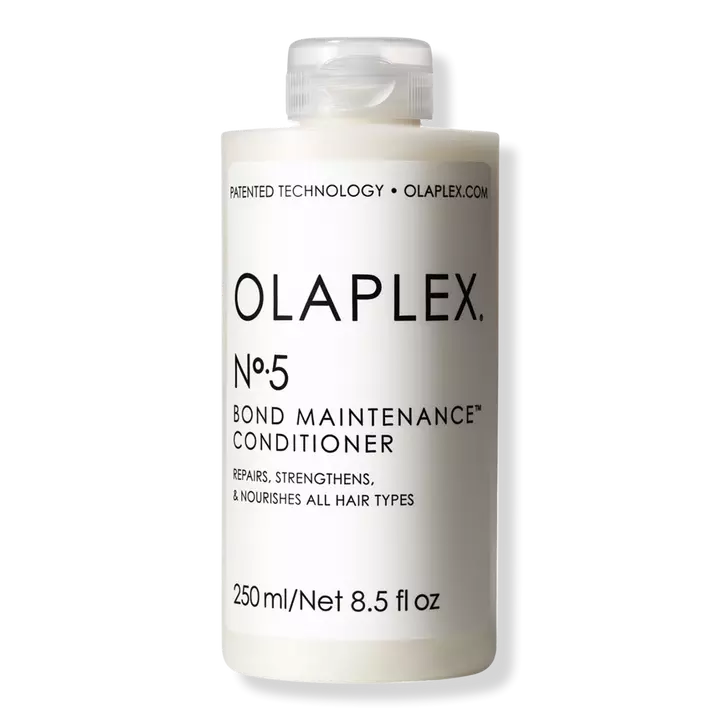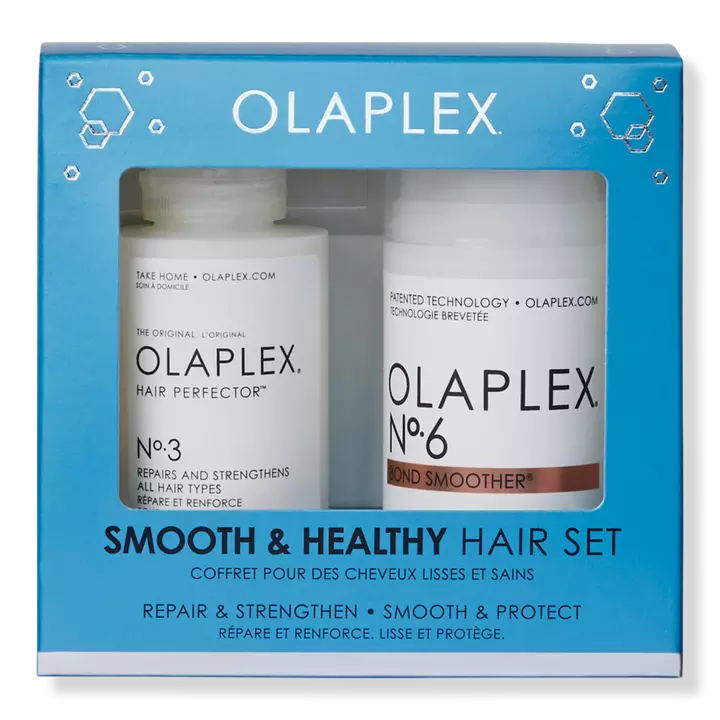Our hair changes dramatically over the course of our lives—getting thicker after childhood, then thinning out again as we age. Some people begin to go gray before 30, others have jet-black hair throughout their golden years. Soft curls can tighten over time but then loosen back up in old age.
Likewise, our hair care needs also change—from the simplicity of tear-free shampoos to the more extensive product needs of aging hair.
What to expect as hair ages
In addition to graying or turning white, you may have noticed your loved one’s hair – like their skin – has gotten drier, thinner and is more easily damaged as they age. Thinning affects both men and women, although male pattern baldness is more pronounced and can begin long before senior status is achieved. Still, most people will see at least some thinning in their hair by their 50s or 60s.
While a lot of thinning is due to actual hair loss, the diameter of the hair also becomes smaller, and the body’s natural oil production experiences a decline as you age—which means hair that’s not as shiny or smooth.
Thinner, dryer hair is also more prone to breakage and damage from curling irons or blow drying, bad habits such as brushing while wet, as well as chemical dyes and processing. Hormonal shifts and stress from big life changes can also lead to hair loss, thinning and breakage as you age.
It starts with the scalp
As it turns out, our hair doesn’t just age like our skin; it seems to do so because of it.
“As we age, the structure of our skin changes, resulting in reduced elasticity and collagen which support skin structure,” Bridgette Hill, a certified trichologist, told The Zoe Report. “Years of excessive exposure to the sun and mechanical damage as a result of hair styling are external factors that can accelerate aging hair.”
Therefore, when it comes to senior hair care, the scalp is the ideal place to start.
“The more stable you keep your scalp’s microbiome and skin barrier,” Hill explained, “the more you extend the function and improve the chances of preventing unwanted scalp conditions and hair loss.”
Be sure to keep your loved one’s scalp moisturized, and avoid over- (or under-) washing—once or twice a week is sufficient for most people, as daily hair washing can lead to dry scalp.
What to look for in hair care products
Choose ingredients that will be gentle on aging hair while providing the moisture needed to protect the scalp and prevent breakage. Some ingredients to look for in an older adult’s hair care routine include:
- Rosemary seed oil
- Argan oil
- Jojoba
- Aloe vera
- Glycerin
- Vitamin B5 (panthenol)
- Cetearyl alcohol
Preventing nighttime breakage can also make a big difference in hair growth, volume and health as well. You can protect your loved one’s tresses with a pillowcase or bonnet made from satin or silk.
Naturally, there’s more to maintaining a healthy mane than what goes on the outside. Proper hydration, good nutrition and plenty of sleep are also imperative, as is finding healthy coping strategies for stress.
What to watch out for
Just as there are hair care ingredients to seek out, there are also plenty to avoid. Harsh ingredients can cause breakage and may even lead to premature graying. Be sure to check styling products – not just shampoos and conditioners – and avoid:
- Sulfates
- Silicone
- Sodium lauryl sulfate
- Sodium laureth sulfate
- Isopropyl alcohol
Must-have products
With all of the different ingredients and advertising claims, sometimes it can be hard to decide on the best products for your loved one. So, Seasons turned to the experts to find out what their favorite hair care products are for seniors.
“When it comes to hair products we suggest to senior clients, we have three primary concerns/types of demands,” Gabrielle White, co-founder of DashStylists, told Seasons. “For everyday products, we favor clean, soft products to preserve a more sensitive hair and scalp. You also want to avoid as much as possible products including hormone-disrupting chemicals like parabens or phthalates.”
Her recommendations:
The Conditioner- Hydrating Cream with Hyaluronic Acid from Nécessaire, Niacinamide + Panthenol

“With age, you want to use more protective products,” she added, “especially heat-protectant products, which provide a safe coating between heating/ironing tools and hair.”
White also listed her favorite coloring products for gray hair but noted the warning that such products often are made with many chemical components.
Jacki Cameron, with Hair by Jacki in Las Vegas, has been working with mature hair for more than 27 years and has some recommendations as well:
“I’m a firm believer in the Olaplex system, as it strengthens hair internally in the second layer called the cortex.”
Some Olaplex products to try include:
This shampoo strengthens and moisturizes dry hair for a healthy, shiny and manageable mane. It’s effective for all hair types and safe for color-treated hair.
Toning shampoo isn’t just great for blondes; it brightens white and gray hair, too!
Like the shampoo, this conditioner strengthens and moisturizes, and it’s safe for color-treated hair as well as all hair types.
This set comes with Olaplex’s top-selling No.3 Hair Perfector for repairing damaged hair and the No.6 Bond Smoother formulated to keep frizz at bay for 72 hours.
Many experts also recommend protecting the hair at night with satin or silk. Pillowcases and bonnets both work great for this purpose.
